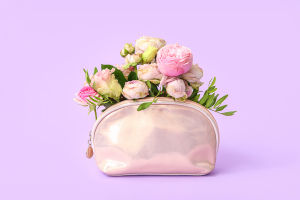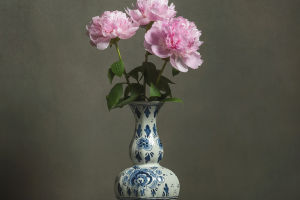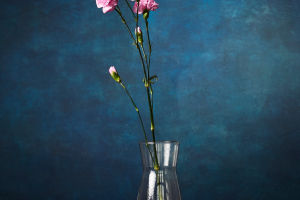Purple flowers are often seen as symbols of nobility, mystery, and romance in nature.
Their color is not only elegant but also carries profound meanings in flower language and culture.
From ancient times to the present, purple has held rich symbolic significance in art and literature, often associated with abstract concepts such as spirituality, wisdom, and strength. This makes purple flowers stand out in various contexts, whether in gardening design or as a means of emotional expression.
Let’s first discuss some common purple flowers. The violet is one of the most representative purple flowers. Its deep purple hue and elegant appearance have made it a favorite across many cultures.
The violet is often associated with loyalty and love, and in various traditions, it symbolizes eternal affection. In ancient Greek mythology, the violet is linked to divine love stories, representing everlasting love and tender memories. The name "violet" is derived from the Latin word "viola," directly relating to its characteristic color.
Lavender is another popular purple flower. Lavender is admired not only for its delicate purple blooms but also for its soothing fragrance, which is widely used for its calming properties in aromatherapy. In the Middle Ages, lavender was used to purify the air and repel insects.
Today, lavender serves many purposes beyond decoration; it is also processed into essential oils, perfumes, and various other products. Its fresh fragrance often evokes images of tranquil countryside settings, symbolizing peace and serenity.
Wisteria, with its cascading blooms, has won the hearts of many gardening enthusiasts. Its waterfall-like clusters of flowers and climbing growth habit create a striking visual display. Wisteria is known for its strong vitality and resilience, often symbolizing patience and perseverance.
In Chinese culture, it is considered a symbol of deep friendship, with its intertwining vines representing the unbreakable bond between friends. The combination of wisteria’s purple flowers and vibrant green leaves creates a lively and enduring image of life and growth.
Iris is another purple flower worth mentioning. It holds a special place in French culture as the national flower and is renowned for its variety of colors and distinctive shape. The name "iris" comes from Iris, the rainbow goddess in Greek mythology, and the flower is a symbol of hope, wisdom, and courage.
The purple iris, in particular, represents spiritual enlightenment and transcendence. This is why the iris often appears in art and literature as a symbol of profound thought and exceptional wisdom.
Purple flowers are not only admired for their beauty, but their cultural and symbolic meanings give them added depth. In many Western countries, the color purple is often associated with royalty and nobility.
This connection can be traced back to medieval Europe when purple dyes were rare and expensive, making purple garments accessible only to the royal family and aristocracy. As a result, purple flowers came to represent power, wealth, and dignity.
Additionally, purple is frequently used as a symbol of spirituality, representing the pursuit of transcendence and higher consciousness. This spiritual association is why purple flowers are often present in meditative spaces, where they serve as symbols of the sacred and divine.
In modern garden design, purple flowers are frequently used to create a dreamy and mysterious atmosphere. The color purple occupies a space between warm and cool tones, making it versatile for pairing with other colors, especially with contrasting shades like yellow, orange, or white.
Besides their visual appeal, purple flowers carry strong symbolic meanings, making them a powerful medium for expressing emotions and conveying messages.
On special occasions, such as Valentine’s Day and anniversaries, purple flowers are often chosen to convey deep emotions or to honor the wisdom and strength of a loved one.
Purple flowers hold a significant place both in nature and human culture. Their beauty and elegance are paired with layers of symbolism, allowing them to communicate different emotions and ideas.
From violets to lavender, these purple blooms not only embellish our lives but also inspire contemplation of love, wisdom, and life itself.


